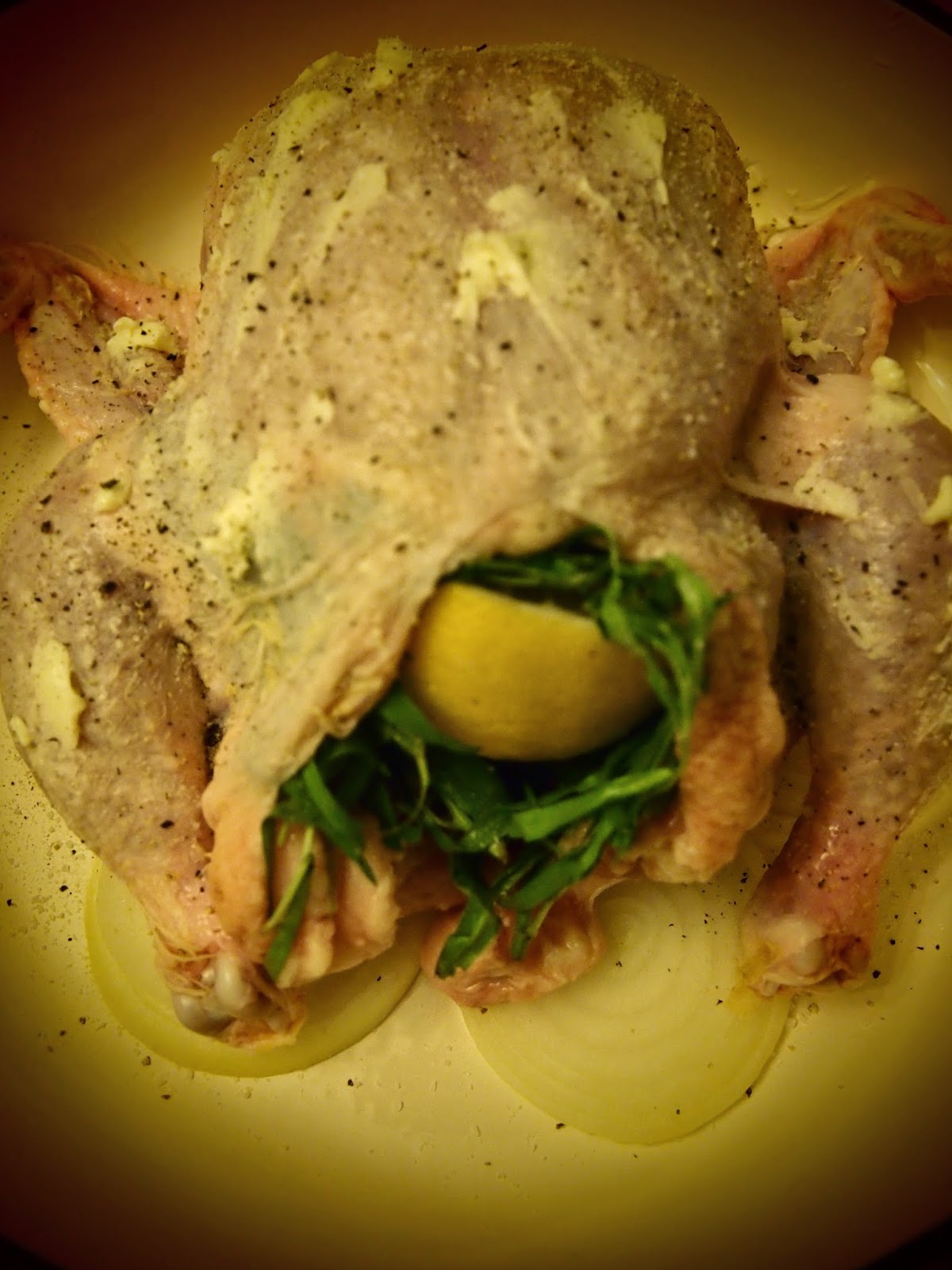SOUR CHERRY LIQUEUR
There is something so rewarding about
drinking your own homemade booze. Though I have yet to taste a good home made
wine, there are some things of an alcoholic persuasion that taste best when
made at home. Where I come from it’s the infamous plum brandy that comes to
mind. The other favourite is a sweet and
flavourful sour cherry liqueur which is enjoyed after a meal like a dessert wine
or on its own. The first time I tried it I must have been around 3 or 4 years
old! We had guests over for dinner and as my parents were seeing everyone out
at the front door, unbeknownst to them,
I made my rounds finishing each and every remaining drop of liqueur that
the guests had left behind in their glasses. I then climbed on the couch and proceeded
to give an enthusiastic rendition of ABBA’s Gimmie Gimmie Gimmie (A Man After
Midnight). How’s that for an image?
Growing up it was my grandfather who made
this drink and it was absolutely delicious. For the past couple of years I
started making it as well because I missed the smell and taste of this nectar
of the gods. Normally it’s made with pure alcohol but this being Ontario,
finding pure alcohol is out of the question. So I use the next best thing,
vodka. Come every July I seek out the ripest sour cherries I can find to make my
batch however, this past July I decided to take a drive to the Niagara region
to pick my own so I can milk every ounce of authenticity out of the experience,
such a purist I am.
Just a bit of a warning though: if you are
a person who requires immediate gratification, this may not be the drink for
you as it requires about 10 weeks of
cellaring. On the bright side, it should be ready to drink just as the weather
begins to get nippy. Think of it as a gift for future you, who probably really
needs something sweet and strong to warm up those dark and cold days or wants
to break out into a rendition of an old ABBA classic.
SOUR CHERRY LIQUEUR
Ingredients:
2 kg sour cherries, washed and dried (stems
off, pits included)
800 g white sugar
3 L
vodka
Method:
- First, choose the ripest sour cherries you can find, the darker the better.
- Wash and dry them with stems still on. I like to spread them on paper towels to let them air dry outside gently. De-stem the cherries after they are dried.
- In a large glass demijohn, pour in enough cherries to cover the bottom of the jar, cover them in a layer of sugar on top, follow this by another layer of cherries and sugar. Continue layering the cherries and sugar until finished making sure the last layer of cherries is covered by sugar.
- Cover the mouth of the demijohn with gauze and secure with an elastic. The reason for this is so that the fruit can breathe whilst ensuring the insects are kept out.
- Leave out in the sun to macerate for at least 4 days until the sugar is fully dissolved, and the dark red juices from the cherries have seeped out.
- Now it’s time to pour in the vodka. Roll bottle around gently in your hands so everything is evenly incorporated.
- Close the demijohn with a cork and place in a dark cool room for at least 10 weeks. Occasionally roll the bottle around to give things a bit of a mix.
- Once the end of October rolls around it’s time to reap the rewards of this aromatic and sweet treat. You’re welcome!
 |
| Sour cherries are smaller and more translucent than regular cherries, and have a unique texture |
 |
| Maceration |

TIP: Don’t throw away those plump vodka-infused sour cherries!They are great in desserts and can last a long time in your freezer ready to use next time you want to bake dessert.
































